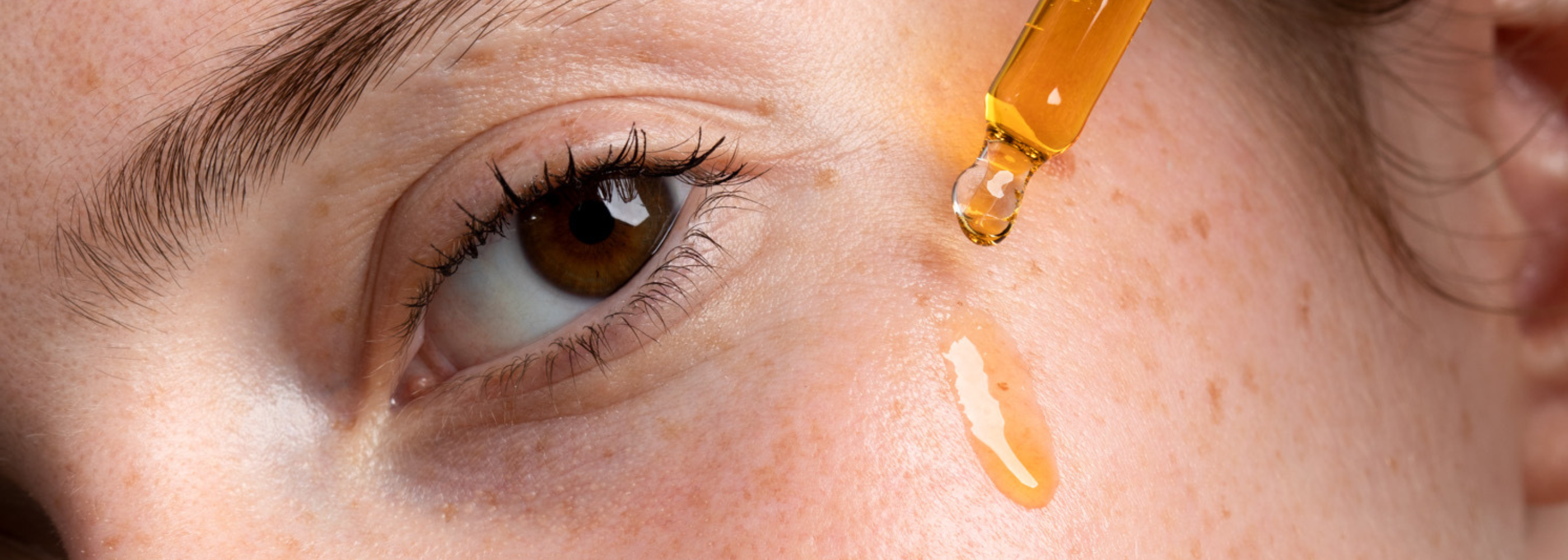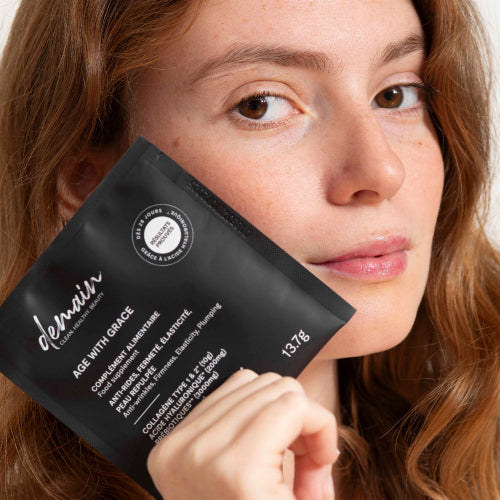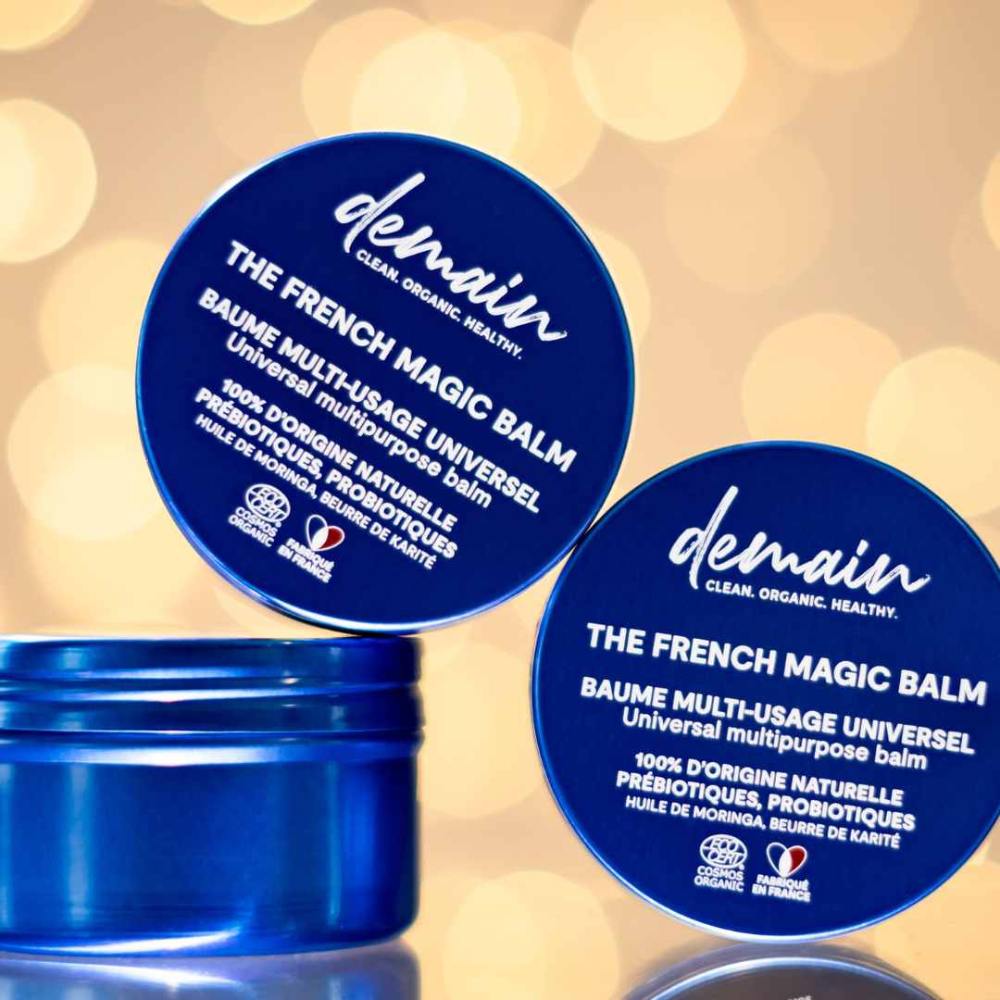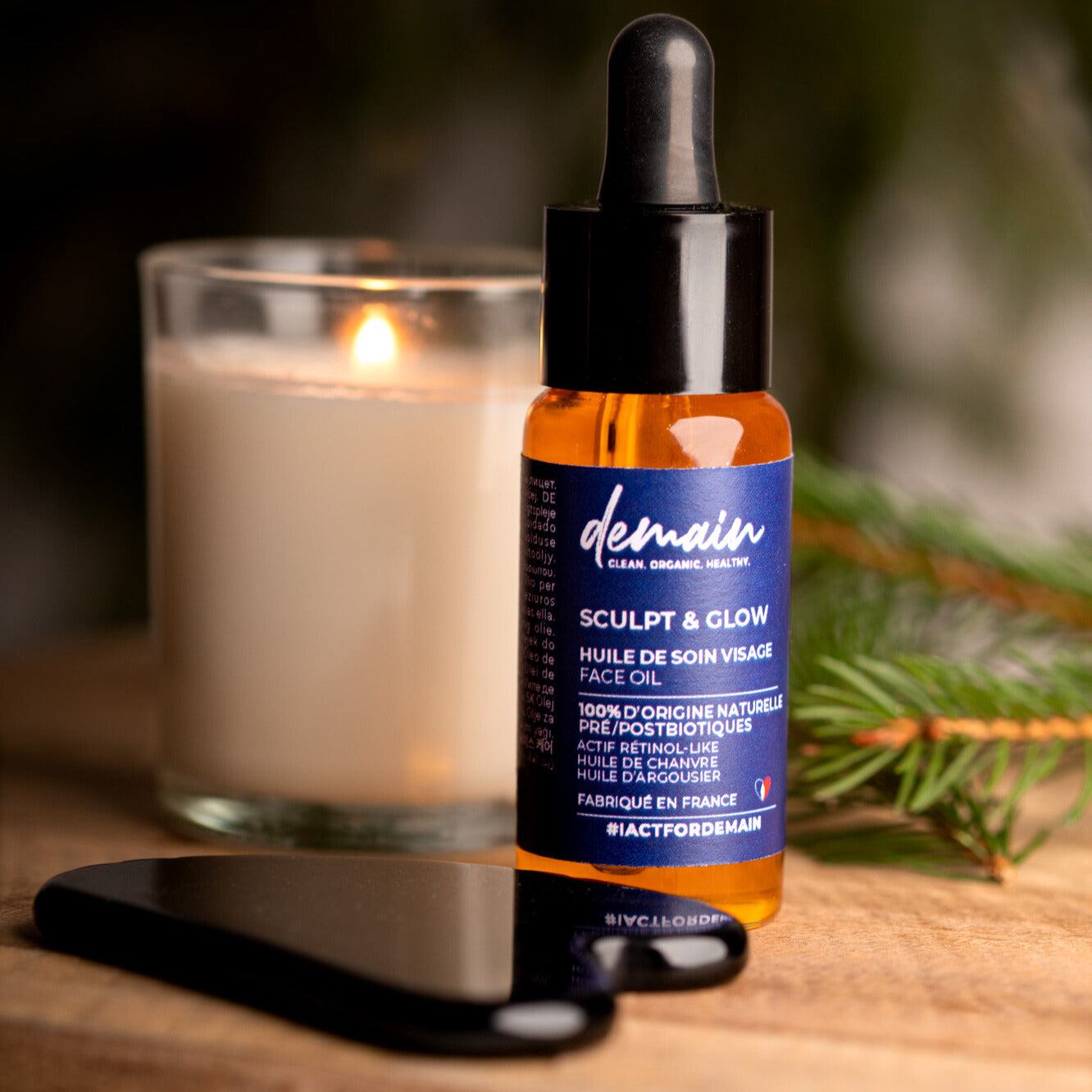Prolonged sun exposure can cause significant damage to your skin. Fortunately, there are effective methods for treating sun-damaged skin. Whether through gentle scrubs, laser treatments, or natural ingredients like aloe vera, it is possible to repair and restore your skin . Find out how to care for your skin after sun exposure and how to reverse the damage.
Understanding Sun Damage
The sun can cause significant damage to the skin at various levels. UVA rays penetrate deep into the dermis, affecting elastic fibers and collagen. This can lead to a loss of elasticity and promote the appearance of fine lines and wrinkles.
UVB rays , on the other hand, primarily damage the epidermis, causing sunburn and hyperpigmentation. These combined effects can also promote the development of brown spots , often called solar lentigines, on exposed areas such as the face and hands.
Long-term damage also includes an increased risk of skin cancer . UV-damaged cells can mutate, leading to forms of cancer such as melanoma. To mitigate these effects, it is crucial to protect your skin with sunscreen and follow a proper skincare routine.
Identifying sun-damaged skin
There are several telltale signs of sun-damaged skin. Premature wrinkles and brown spots are among the most common. These spots, also called solar lentigines, often appear on the most exposed areas, such as the face and hands.
Persistent redness and peeling skin are also indicators. These symptoms indicate that the skin has suffered sunburn. Additionally, the appearance of freckles, or ephelides, can worsen with repeated UV exposure.
Another sign to watch for is hyperpigmentation. This appears as unevenly colored patches on the skin. People with fair skin may also develop blisters or a burning sensation.
Finally, the skin can become drier and rougher, losing its natural elasticity.
Signs of Sunburned Skin
How to recognize a sunburn?
Signs of sunburn can vary depending on the severity of exposure. You may often notice intense redness on the skin, accompanied by a feeling of warmth and pain to the touch.
The skin may also become very sensitive, even painful, especially when it comes into contact with clothing or fabrics. Another indication is the presence of fluid-filled blisters, which usually appear a few hours after exposure.
Symptoms may include itching and scaling, where the skin begins to peel. Joint pain and headaches may also occur in more severe cases. In some cases, the burn may cause chills and a mild fever, signs of a more generalized inflammatory response in the body.
The different degrees of sunburn
Sunburns are classified into three degrees depending on their severity:
- First-degree : The skin is red and painful, but without blisters. These burns usually heal within a few days, often with peeling. They only affect the epidermis.
- Superficial second-degree : Blisters appear, filled with a clear fluid. The skin is red, swollen, and extremely painful. These burns affect the epidermis and superficial dermis. Healing can take about two weeks without major scarring.
- Deep second-degree : The skin has more extensive blisters and may be white or pink. Pain is less because nerve endings may be damaged. Healing takes longer and may leave scars.
- Third-degree : The burn is severe, affecting all layers of the skin down to the hypodermis. The skin may be white, brown, or black and is insensitive. Medical intervention is necessary for treatment and healing.
Consequences of sunburn on the skin
Sunburns have varied and often serious consequences for the skin. They can lead to intense inflammation, causing redness, pain, and sometimes blisters. These burns damage the cells of the epidermis and dermis, compromising cell renewal .
UV damage can also affect collagen production. This accelerates skin aging, leading to the premature appearance of wrinkles and pigment spots. Additionally, the skin becomes more fragile and more susceptible to infection.
Repeated sunburn increases the risk of skin cancer. Free radicals generated by sun exposure destroy collagen and elastin fibers, further compromising skin integrity. To minimize these risks, it is essential to protect the skin with broad-spectrum sunscreens and limit exposure to the hottest hours of the day.
Prevent sun damage to the skin
The importance of sun protection
Applying sunscreen is crucial to prevent skin damage caused by UV rays. A quality sunscreen should offer broad-spectrum protection against both UVA and UVB rays.
It's recommended to choose a sunscreen with an SPF of at least 30, suitable for your skin type. Sensitive or damaged skin often requires higher protection, such as SPF 50+.
For optimal effectiveness, apply sunscreen 20 to 30 minutes before exposure and reapply every two hours, especially after swimming or sweating.
Don't forget to protect often-neglected areas like the ears, neck, and tops of the feet. Mineral filters are a great option for those who prefer natural, hypoallergenic products .
Choosing the right sun protection factor
Choosing the right sun protection factor depends on several factors: skin type, exposure intensity, and even age. Fair or sensitive skin requires maximum protection. Opt for SPF 50+ to ensure optimal protection against UVB and UVA rays.
Darker skin types can get by with SPF 30 for moderate exposure. However, in intense sun, such as at the beach or in the mountains, even these skin types should use SPF 50.
For children, SPF 50+ is essential. Their skin is more fragile and requires increased protection. Don't neglect the frequently overlooked areas: ears, neck, and feet.
Finally, prefer creams with mineral filters if you have sensitive or allergy-prone skin.
Adopt the right actions every day
To adopt the right daily habits, several practices are essential. First, properly moisturizing your skin is crucial. Use a moisturizer suited to your skin type to maintain a healthy skin barrier and prevent dryness.
Next, remember to exfoliate regularly. Gentle exfoliation removes dead skin cells, promoting cell renewal and a more radiant complexion.
Incorporate antioxidants into your beauty routine. Products rich in vitamins C and E neutralize free radicals, reducing sun damage.
Finally, don't forget to drink enough water. Good internal hydration contributes to skin health and helps maintain its elasticity.
These simple but effective actions will help you protect and repair your skin every day.
Treating sun-damaged skin
Soothe sunburned skin
To soothe sunburned skin, start by cooling the affected area. Use warm water or cold compresses to soothe inflammation and reduce pain. Avoid ice-cold water, as it can worsen damage.
Next, apply a soothing cream containing aloe vera or shea butter. Time To Detox Multi-Purpose Balm is the product for you! These ingredients have moisturizing and healing properties that help regenerate the skin. For optimal results, apply these products several times a day.
Drink plenty of water to rehydrate your skin from within. Adequate hydration is crucial to speed up the healing process. Also, consider wearing soft cotton clothing to avoid further irritating burned skin.
If the burn is severe or blisters appear, consult a doctor for appropriate treatment.











